Top 5 Wavetable VSTs For the Sound Design Guru in You
Wavetable synthesis changed the sound design game. Back in 2007, Massive by NatIve Instruments opened up a new reality of sound that is still dominating today.
But with such a popular means of synthesis comes a plethora of VSTs to choose from. Finding the best wavetable synth VST for your needs and creative aspirations can be difficult if you don’t just want to use Serum or Massive.
To give you a helping hand, we’ve put together a list of what we think are the best wavetable VSTs. With these plugins, you’ll be dominating the wavetable synthesis game in no time. If you need some guidance on using them, there’s always YouTube.
Xfer Serum – $189
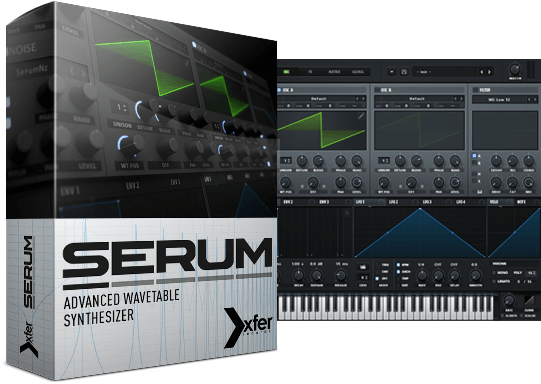
In the top spot comes Serum, the most renowned VST wavetable there is.
Serum brought a revolutionary sound engine and an easy to learn user interface. It’s used by countless producers and electronic artists.
Serum features 2 oscillators which both include detune, blend, phase, pan, and level utility knobs. On top of the two oscillator generators, which are some of the pristine sounding oscillators of any wavetable synthesizer, both a noise and sub generator create opportunities to add further dynamics to any sound.
All four of these signal generators can be routed through a filter individually so you can manipulate them separately from one another.
Envelopes, LFOs, and macros allow you to control and manipulate all characteristics and movement of the signal so you can maximise every opportunity inside this powerful software.
A major selling point that separates Serum from the competition, at least at the time of its release, is the ability to import your own audio and generate custom wavetables custom sounds, which effectively makes Serum a sampler in this scenario.
Vital – FREE
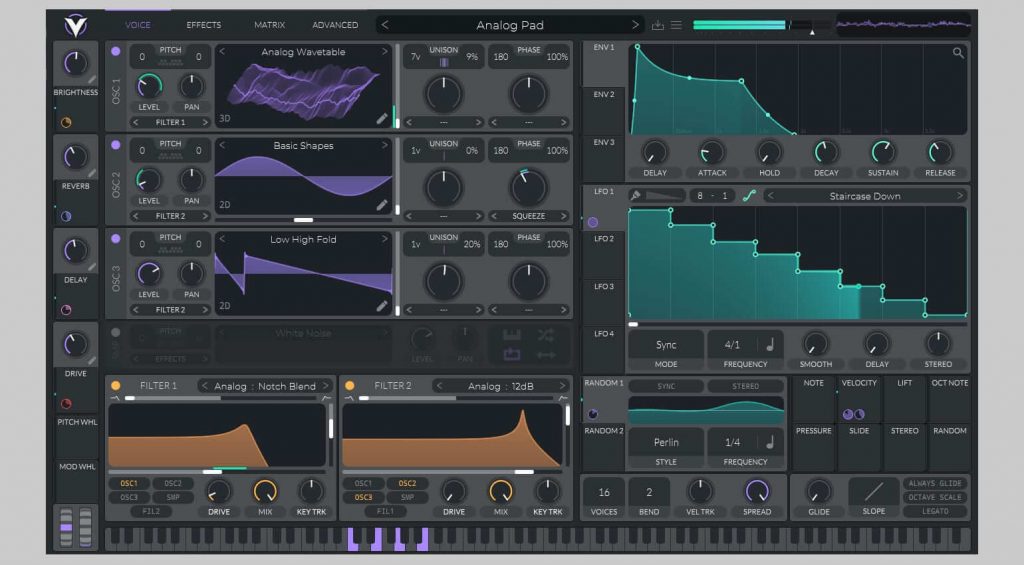
Meet the innovation that wants to leave Serum in the past.
Inside Vital, generating growls has never been easier. Manipulate waves and signals in a bold new way and create a sound that breaks boundaries. Experimenting in Vital almost feels effortless – and it’s free!
Featured in Vital are 3 individual oscillators, as well as a noise generator. On top of these jaw-dropping signal generators are three filters with high-pass, low-pass, band-pass, notch, and so much more functionality.
For modulation comes both envelopes and LFOs, as well as macros that you can route to any parameter. The only limitation is your imagination.
Vital’s user interface has the electronic artist in mind. If you couldn’t tell, that’s also me. The visuals that come with this VST demonstrate what you’re doing clearly, so your ears are only another tool that you can help guide you and not the only tool to do so. All animations in Vital are optimized for efficient GPU processing, so you can say goodbye to over-loading after 5 minutes.
Like Serum, you can import and manipulate your own samples into wavetables. Tools such as the vocode wavetable converter allow you to output actual words from a wavetable source which is hellishly fun. I’ve spent a lot of time using it.
Spectrasonics Omnisphere – $499
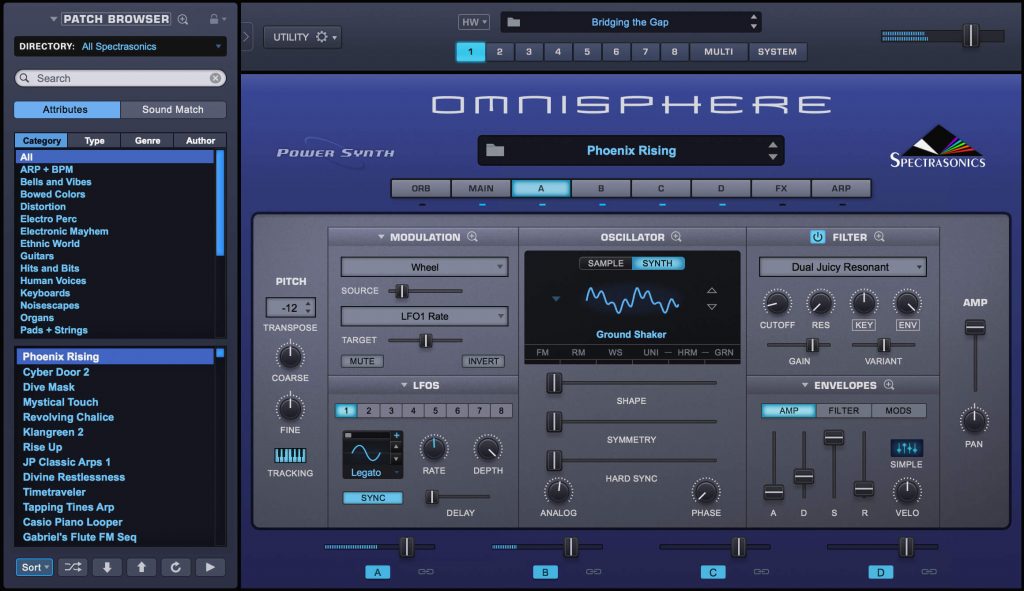
Omnnsiphere is a synth VST where you can find any and all sounds you’d hear while basking in the glory of mother nature, and then some. Omnisphere includes thousands (14,806 sounds) of patch and waveform presets.
Like Serum & VItal, its oscillators (of which there are four) are completely tweakable via filters, LFOs, modulators, as well as an FX section. One big difference between Serum/Vital and Omnisphere is usability. Omnisphere is much harder to learn and work with compared to Serum & VItal.
With that said, if you do understand how to use it then the world is truly your oyster because it’s an animal. If you spend some time on YouTube to learn this synth then we promise you it’s worth it.
Omnispheres biggest selling point for us is the hardware integration opportunities it offers. This integration turns over 65 well-known hardware synthesizers into hands-on controllers that unlock Omnisphere’s newly expanded synthesis capabilities.
Massive X – $240.37
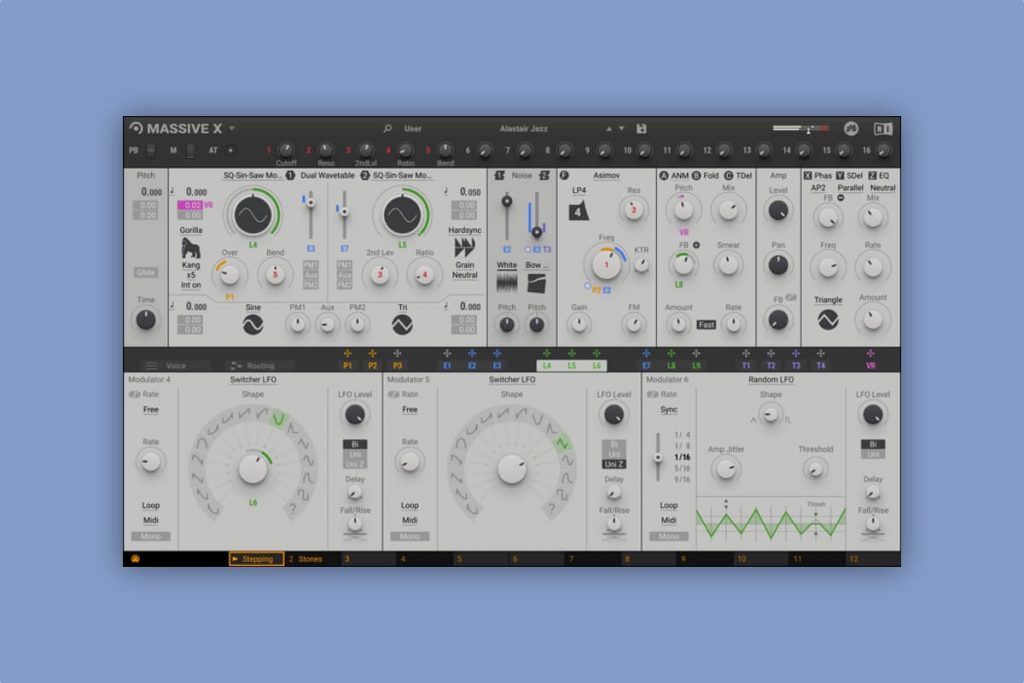
Massive X is the rebirth of Massive, the pioneering wavetable VST by Native Instruments in 2007 and changed digital music forever.
At the very core of this new virtual instrument is its new oscillator segment. Here, you can browse and choose from 170 wavetables and let your imagination run wild with possibilities. Inside Massive X you can create complex patches for a near emulation of physical modelling, just with a lot more limitations compared to actual physical modelling.
Its neat layout and functionalities are much easier to understand than its predecessor. Massive X allows us to manipulate both space and time with its in-house modulators, oscillators, filters, envelopes, and LFO’s.
All sounds that you can generate inside this VST are ten times that of any sound in 2007’s Massive. Massive is a renowned and recommended VST by some of the biggest electronic artists and producers because it’s a powerful piece of software.
Arturia Pigments 3 – $112.10
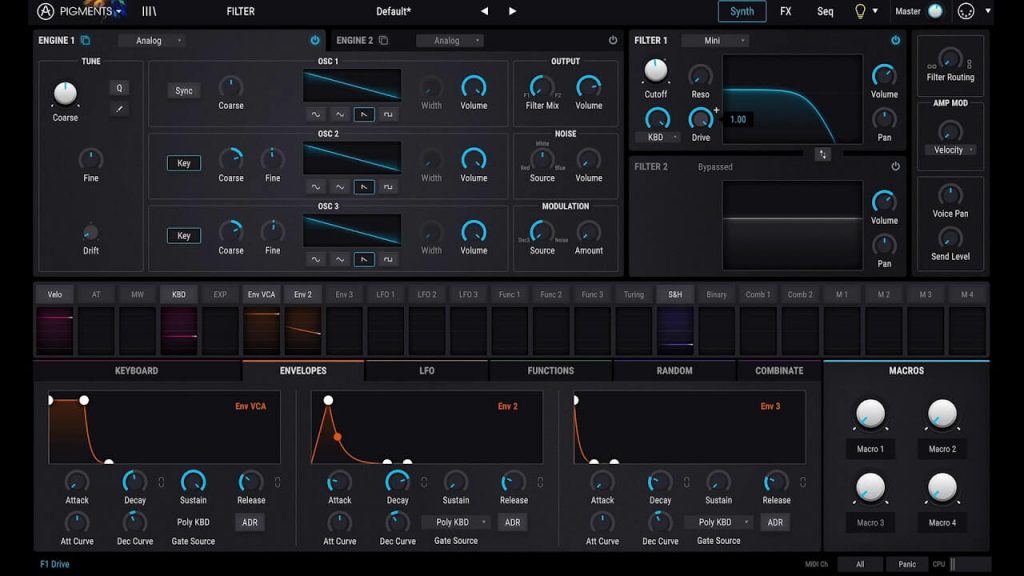
At the end of our list is Pigments by Arturia, but that doesn’t mean we love it any less.
Pigments is a blank canvas, all you need to do is bring the paint (not real paint, it’s a metaphor)
You can control and combine multiple sound generators to create a plethora of variety in sound, with just one generator containing over 80 wavetables. Available to you are over 1200 presets to demonstrate just how powerful this VST is. Think of Pigments as a virtual modular synth with its routing capabilities, but it is a wavetable synth at its core.
Pigments’ powerful wavetable engines and emulated analog software also includes filters and a polyrhythmic sequencer! These tools, including its onboard arpeggiator, really do put all the power into your imagination.
All controls in Pigments’ sit inside only one panel, so navigating the VST isn’t so difficult, but that doesn’t mean there’s no tab-clicking. The different tabs include the preset browser, as well as Synth, FX, and Seq tabs, a tips icon, and master volume.
Underneath these tabs are three engines, 1, 2, and Utility, where your sound sources sit in wait for you to play with. Pigments 3 features a harmonic sound engine to allow us to undergo additive synthesis, as well as a sub-oscillator and supplemental analog waveforms combined with two noise sources we can layer together.
Using a VST that works for you is a great leap forward to designing your own sounds. But when you’re looking for samples to compliment your sounds, the way forward isn’t always so clear. But, we’ve got you covered.
We at Mixxed work with a growing number of sample labels and contributors to provide you with a premium sample subscription service that’s more accessible than any before.
You’ll have access to our growing catalogue of thousands of loops, one-shots and sound effects that you can browse, download and keep forever for less than $3 a month.
Sign up today to find your sound!
